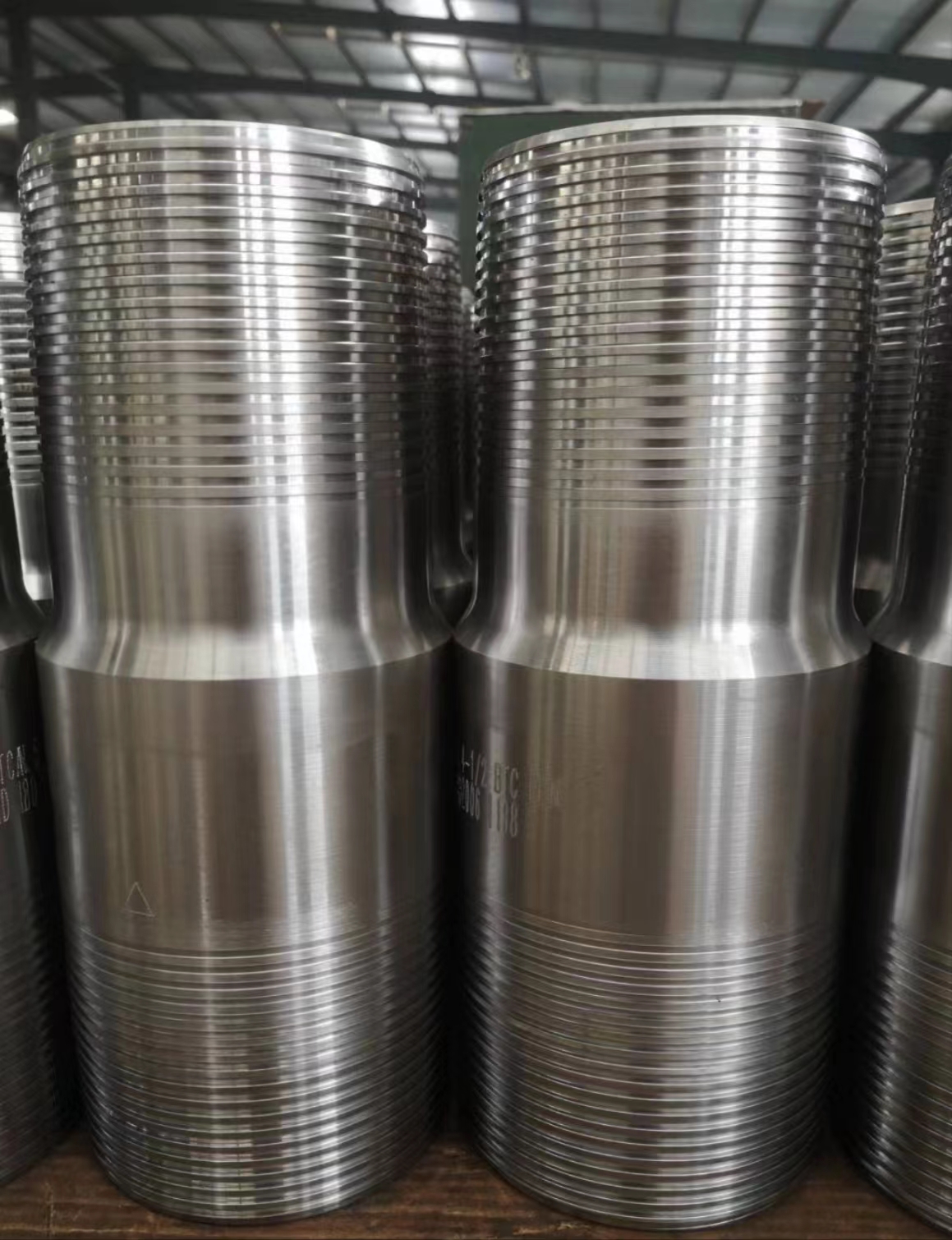- Afrikaans
- Albanian
- Amharic
- Arabic
- Armenian
- Azerbaijani
- Basque
- Belarusian
- Bengali
- Bosnian
- Bulgarian
- Catalan
- Cebuano
- Corsican
- Croatian
- Czech
- Danish
- Dutch
- English
- Esperanto
- Estonian
- Finnish
- French
- Frisian
- Galician
- Georgian
- German
- Greek
- Gujarati
- Haitian Creole
- hausa
- hawaiian
- Hebrew
- Hindi
- Miao
- Hungarian
- Icelandic
- igbo
- Indonesian
- irish
- Italian
- Japanese
- Javanese
- Kannada
- kazakh
- Khmer
- Rwandese
- Korean
- Kurdish
- Kyrgyz
- Lao
- Latin
- Latvian
- Lithuanian
- Luxembourgish
- Macedonian
- Malgashi
- Malay
- Malayalam
- Maltese
- Maori
- Marathi
- Mongolian
- Myanmar
- Nepali
- Norwegian
- Norwegian
- Occitan
- Pashto
- Persian
- Polish
- Portuguese
- Punjabi
- Romanian
- Russian
- Samoan
- Scottish Gaelic
- Serbian
- Sesotho
- Shona
- Sindhi
- Sinhala
- Slovak
- Slovenian
- Somali
- Spanish
- Sundanese
- Swahili
- Swedish
- Tagalog
- Tajik
- Tamil
- Tatar
- Telugu
- Thai
- Turkish
- Turkmen
- Ukrainian
- Urdu
- Uighur
- Uzbek
- Vietnamese
- Welsh
- Bantu
- Yiddish
- Yoruba
- Zulu
casing and tubing connections
Casing and Tubing Connections An Overview
Casing and tubing connections are vital components in the field of oil and gas drilling, serving as essential links in the overall wellbore structure. These connections ensure the integrity and functionality of the well, facilitating the safe extraction of hydrocarbons from the subsurface.
Casing refers to the series of pipe sections that are installed in a drilled well to stabilize the wellbore, prevent collapse, and protect underground water resources from contamination. The casing also isolates various formations, subsurface pressures, and fluids from each other. There are different types of casing, including surface casing, intermediate casing, and production casing, each serving a specific purpose during the drilling operation.
Tubing, on the other hand, is the smaller diameter pipe that is used to transport hydrocarbons from the reservoir to the surface. Tubing is installed inside the production casing and allows for the flow of oil, gas, or water during extraction. The design and material selection of tubing are critical, given the harsh environments they are subjected to under high pressure and temperature.
Both casing and tubing connections are made using threading techniques
. The quality of these connections is paramount, as they must endure significant forces during the drilling and production processes. Poorly made connections can lead to leaks, casing failures, or blowouts, which can be catastrophic for operations, not to mention the potential environmental hazards they pose.casing and tubing connections

There are various types of connections including welded, threaded, and coupled connections. Threaded connections are the most common in the industry and are designed to provide robust mechanical seal integrity, typically using API (American Petroleum Institute) standards to ensure compatibility and safety.
Casing and tubing connection technologies have evolved over the years, with innovations aimed at enhancing reliability and efficiency. Advanced materials and coatings are now used to improve corrosion resistance, and new manufacturing processes have led to higher precision in the threading of connections. Moreover, the development of new connection designs—such as premium connections—provides enhanced performance capabilities in high-pressure and high-temperature applications.
In addition to the technical aspects, the operational practices surrounding the handling and installation of casing and tubing connections are equally important. Proper handling minimizes the risk of damaging the connections before installation, and meticulous testing—such as pressure testing—ensures that the integrity of each connection is maintained under operational conditions.
In conclusion, casing and tubing connections are fundamental components of well construction that dictate the efficiency, safety, and environmental stewardship of oil and gas operations. Continuous advancements in connection technology and best practices are essential for the industry to meet the increasing challenges posed by complex reservoirs and stringent regulatory requirements. As the energy sector evolves, the role of these connections will remain critical to the future of sustainable hydrocarbon production.
-
Tubing Pup Joints: Essential Components for Oil and Gas OperationsNewsJul.10,2025
-
Pup Joints: Essential Components for Reliable Drilling OperationsNewsJul.10,2025
-
Pipe Couplings: Connecting Your World EfficientlyNewsJul.10,2025
-
Mastering Oilfield Operations with Quality Tubing and CasingNewsJul.10,2025
-
High-Quality Casing Couplings for Every NeedNewsJul.10,2025
-
Boost Your Drilling Efficiency with Premium Crossover Tools & Seating NipplesNewsJul.10,2025







